
Ethereum is on the brink of a privacy revolution, with Fully Homomorphic Encryption (FHE) unlocking confidential smart contracts that were previously impossible on public ledgers. As of October 2025, Ethereum trades at $3,955.13, but the real story is not just market volatility – it’s how FHE is reshaping the boundaries of what’s possible for privacy on Ethereum and its Layer 2s.
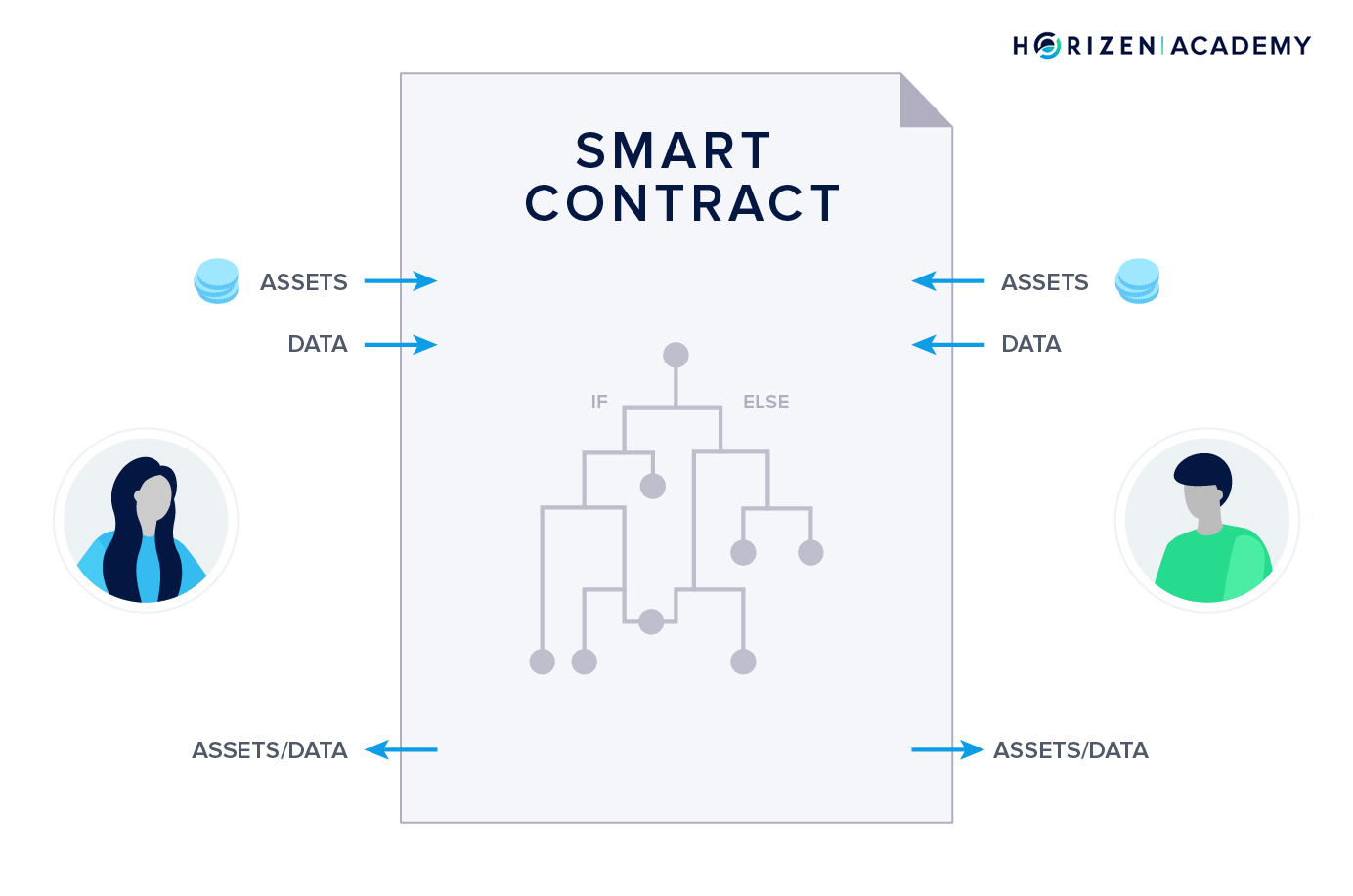
What Is Fully Homomorphic Encryption and Why Does It Matter?
FHE is a cryptographic breakthrough allowing computations directly on encrypted data. Imagine you could run a DeFi protocol, tally votes, or settle trades without ever exposing the underlying data to anyone – not even to validators or smart contract operators. That’s the promise of FHE: end-to-end encrypted computation, verifiable and auditable by anyone, but confidential by design.
Traditional blockchains expose all contract logic and data to every node. Even with zero-knowledge proofs, there are trade-offs between privacy and programmability. FHE changes this paradigm: transactions stay encrypted throughout their lifecycle, yet smart contracts can still process, add, subtract, or even multiply these hidden values as if they were plaintext.
“Fully Homomorphic Encryption promises to give Ethereum a native confidentiality layer, enabling private computation without undermining the network’s security or transparency. “
The Rise of FHEVM and Confidential Smart Contracts
The flagship implementation driving this wave is Zama’s fhEVM. This extension to the standard EVM lets developers write Solidity contracts that natively handle encrypted data types – think encrypted integers or booleans – while keeping all computations confidential. The result: true confidential DeFi contracts, private NFTs, hidden balances, and more.
The fhEVM isn’t vaporware; it’s live in open source form and already powering testnets for privacy-focused L2s like Fhenix. Developers can use familiar Solidity syntax while leveraging FHE under the hood – no need for deep cryptography expertise. This democratizes access to privacy-preserving applications across both mainnet Ethereum and compatible L2s.
How FHE-Rollups Scale Confidential Computation
FHE-Rollups are another game-changer for scalability and privacy. They combine classic rollup efficiency (batching transactions off-chain) with FHE-powered computation. Here’s how it works:
FHE-Rollups vs Traditional Rollups: Key Features
-
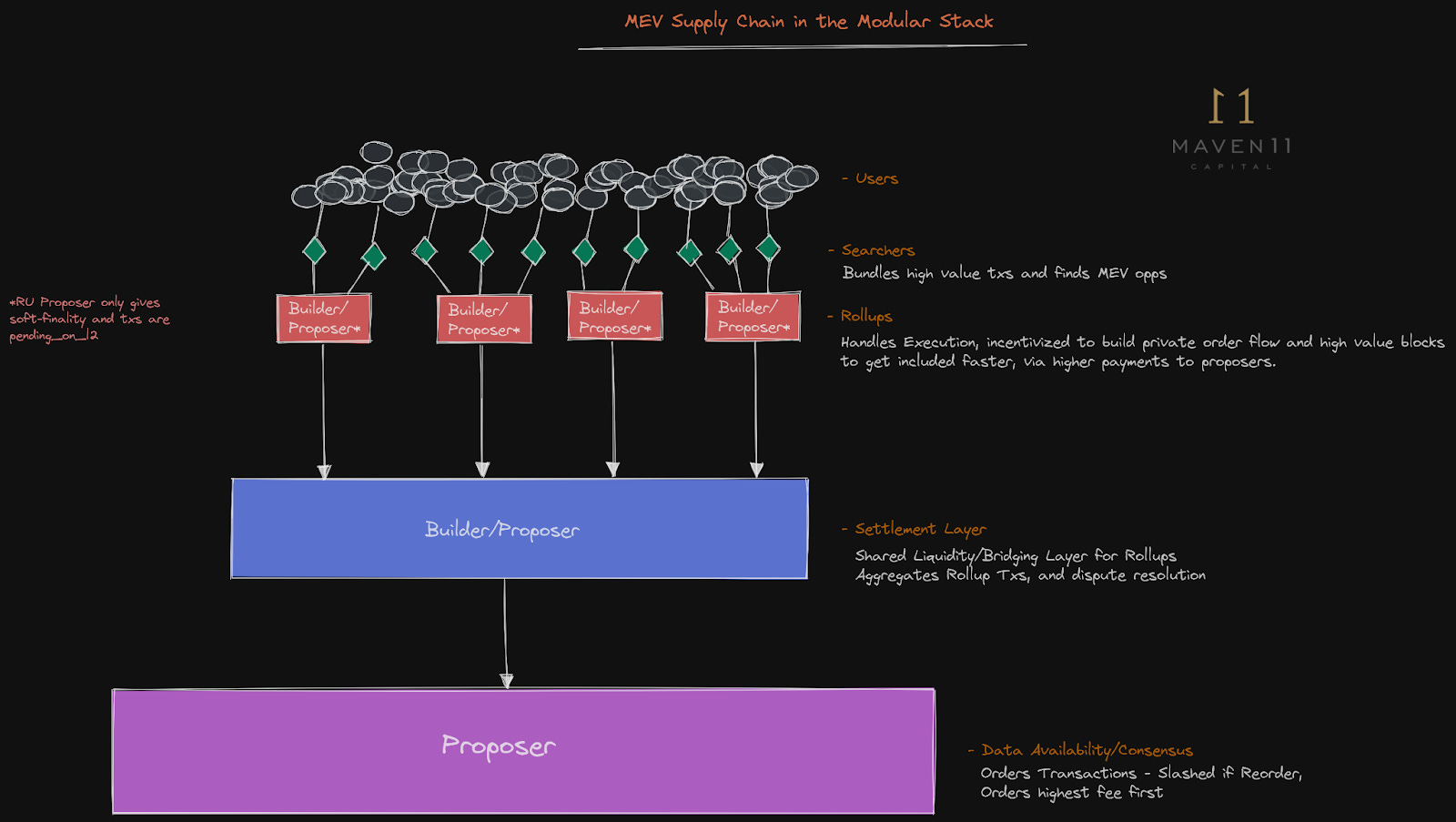
End-to-End Data Confidentiality: FHE-Rollups process all smart contract data in encrypted form, ensuring that sensitive information remains private—even from validators—unlike traditional rollups, which operate on plaintext data.
-
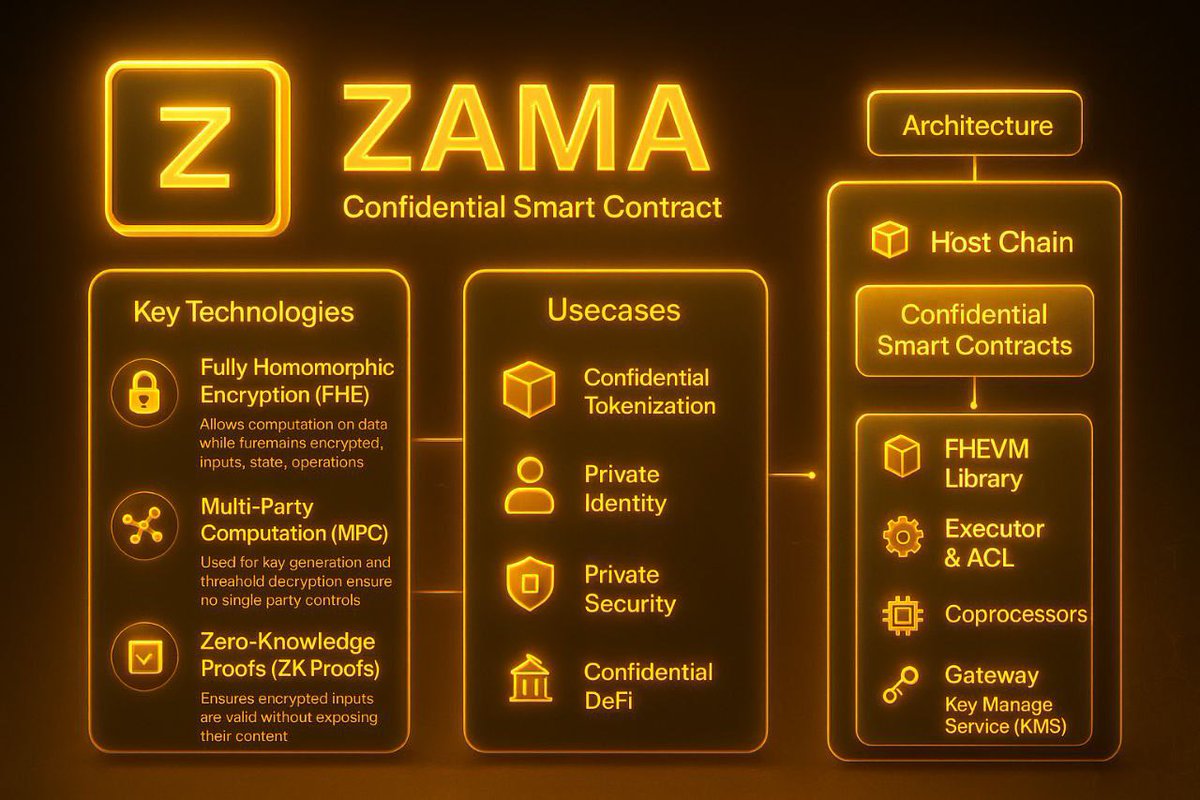
On-Chain Computation on Encrypted Data: With FHE-Rollups (e.g., Zama’s fhEVM, Fhenix), computations are performed directly on encrypted values, enabling privacy-preserving decentralized applications that traditional rollups cannot support.
-
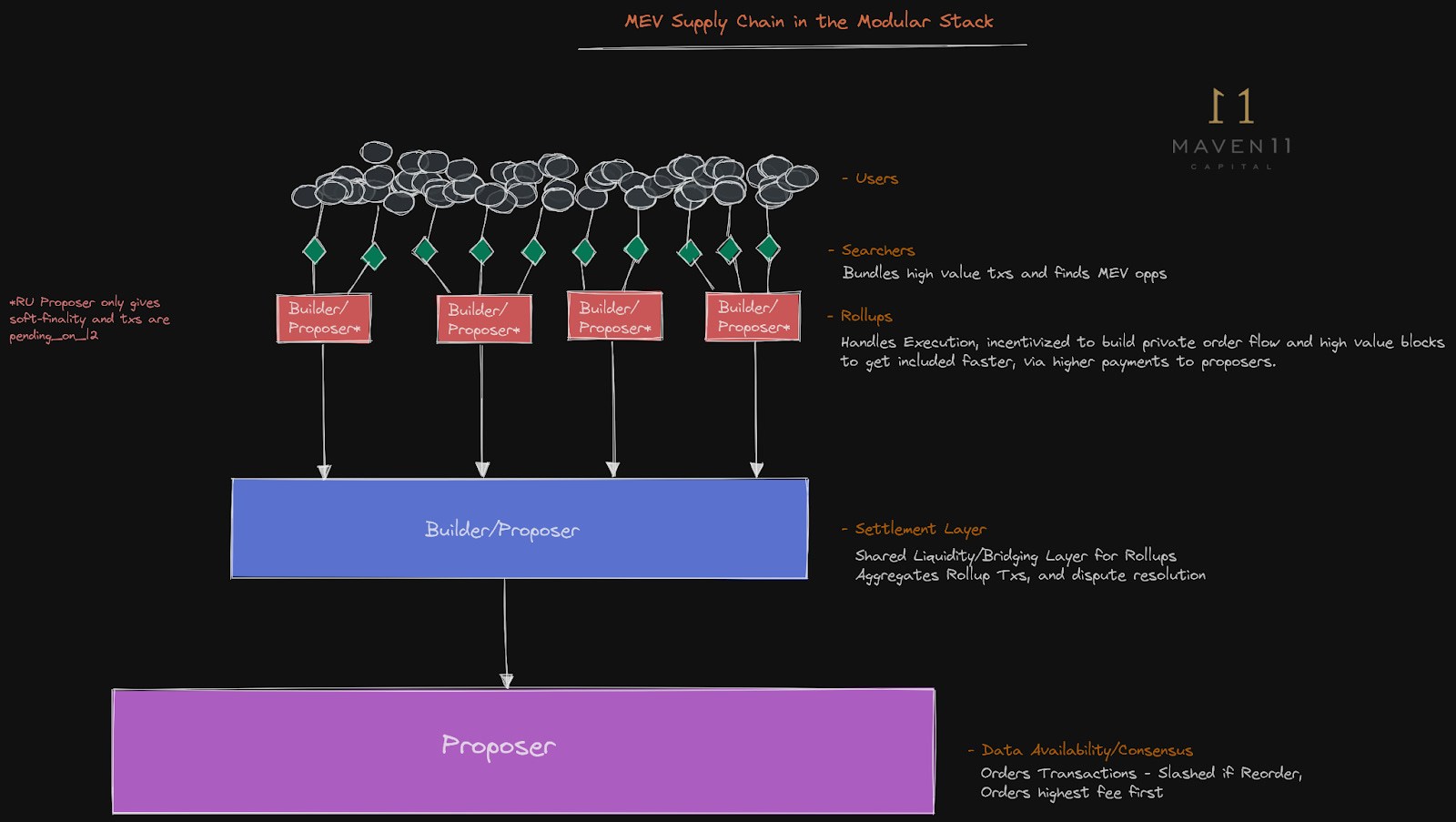
Public Verifiability with Privacy: FHE-Rollups allow anyone to verify computations without accessing the underlying data, combining transparency with confidentiality—whereas traditional rollups typically expose transaction details for verification.
-

Compatibility with Existing EVM Tools: Solutions like Zama’s fhEVM and Fhenix maintain support for Solidity and standard Ethereum tooling, simplifying developer adoption compared to some privacy-focused alternatives.
-

Expanded Use Cases: FHE-Rollups enable confidential applications such as private voting, hidden balances, and secure data sharing—use cases not feasible with traditional rollups due to their lack of privacy.
This means sensitive operations – like payrolls, medical records processing, or confidential trades – can be computed off-chain in encrypted form. Only an aggregated proof lands on Ethereum mainnet for settlement. The upside? Dramatically lower gas fees plus bulletproof confidentiality for all users.
Market Context: Why Privacy Matters Now
The demand for encrypted smart contracts L2 solutions has never been higher. Regulatory pressure around user data protection is mounting globally; meanwhile, institutional capital hesitates to enter DeFi without robust confidentiality guarantees. With ETH at $3,955.13, the stakes are clear: whoever controls private computation controls the next era of blockchain adoption.
As privacy technology matures, the Ethereum ecosystem is witnessing a surge of developer interest in fully homomorphic encryption smart contracts. The FHEVM stack is rapidly evolving, with frameworks like Zama’s fhEVM and Fhenix’s L2 testnet lowering the barrier for building confidential DeFi, private voting, and secure data-sharing protocols. What sets these solutions apart is not just their cryptographic rigor but their practical usability: Solidity developers can now integrate privacy features as easily as they would native token logic.
The implications are massive. Consider confidential DeFi contracts: users can supply collateral, borrow assets, or participate in governance votes without revealing balances or preferences on-chain. Medical research DAOs can aggregate encrypted health data without ever exposing patient identities. Enterprises can run payroll via smart contracts while keeping all salary details private from competitors and even validators.
Challenges and Next Steps for FHE Blockchain Applications
While the promise is huge, deploying FHE at scale isn’t trivial. Computations on encrypted data remain resource-intensive; performance optimizations leveraging GPUs and parallelization are critical focus areas for teams like Zama and Fhenix. Additionally, educating developers about best practices for writing secure encrypted contracts is essential to avoid new classes of logic bugs or side-channel leaks.
Top 5 Real-World Use Cases for FHE Smart Contracts
-

Private DeFi Transactions: Platforms like Zama’s fhEVM enable confidential swaps, lending, and payments on Ethereum, allowing users to transact without exposing balances or transaction details—even to validators.
-

Confidential Voting Systems: FHE-powered smart contracts on Ethereum and L2s allow for fully private, verifiable elections, ensuring votes remain encrypted and anonymous while enabling public auditability of results.
-
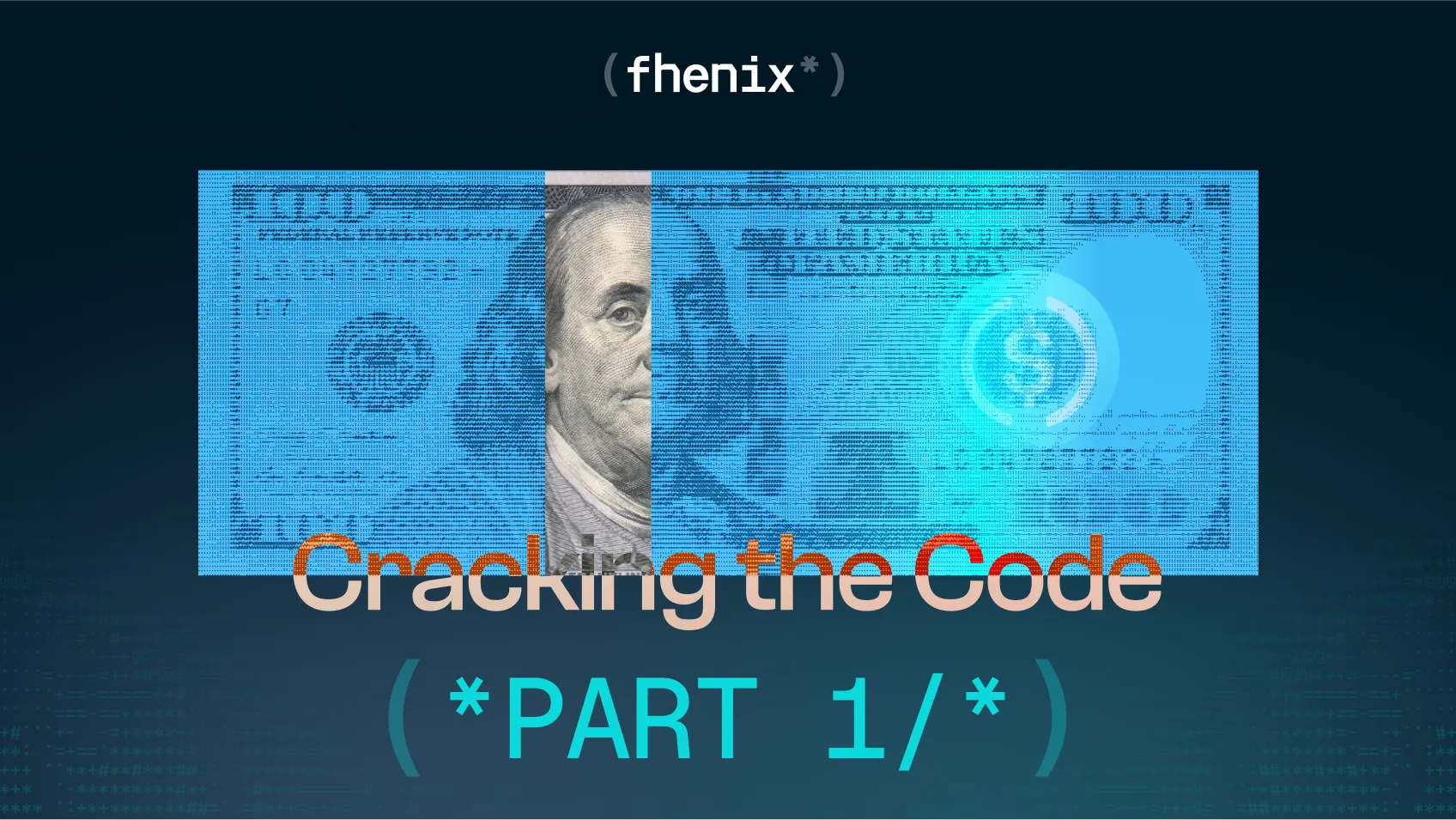
Secure On-Chain Identity Management: Projects leveraging FHE, such as Fhenix, enable users to prove credentials or attributes (like age or citizenship) to dApps without revealing personal data, supporting GDPR compliance and privacy.
-
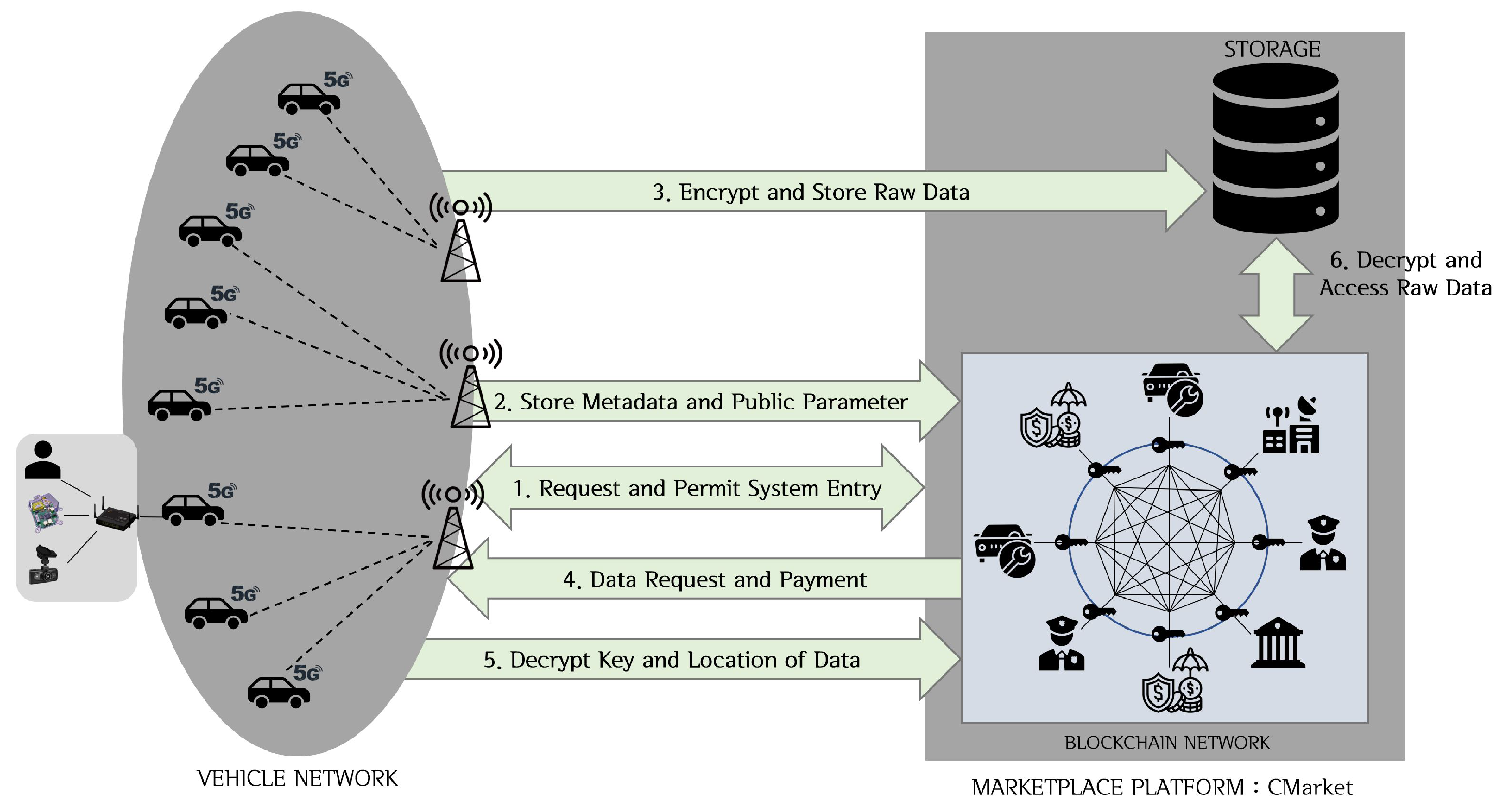
Encrypted Data Marketplaces: FHE smart contracts allow for buying, selling, and analyzing sensitive data (like medical or financial records) directly on-chain, ensuring data remains encrypted throughout the process.
-

Private Gaming & Leaderboards: With FHE, blockchain-based games can process moves, scores, and rankings without exposing player strategies or results, preserving competitive integrity and privacy.
Interoperability also matters. Projects such as ZeroLayer’s fhEVM docs highlight ongoing work to ensure that privacy-preserving contracts can interact seamlessly with existing EVM infrastructure and tooling. Expect more robust SDKs, wallet integrations for encrypted keys, and audit tools tailored to this new paradigm in the coming months.
The Road Ahead: Confidentiality as a Competitive Edge
The race to mainstream confidential computation isn’t just about ideology – it’s about unlocking new markets. Financial institutions demand regulatory compliance; DAOs want fair voting; Web3 social apps need private messaging and data sovereignty. With Ethereum at $3,955.13, the networks that deliver bulletproof privacy without sacrificing composability or speed will capture outsized value as capital flows into on-chain finance.
For developers and enterprises eyeing the next frontier of blockchain adoption, now is the time to explore how FHE blockchain applications can future-proof your stack against both regulatory scrutiny and user demand for confidentiality. The tools are here; the ecosystem is growing; and the edge goes to those who build with privacy at their core.






